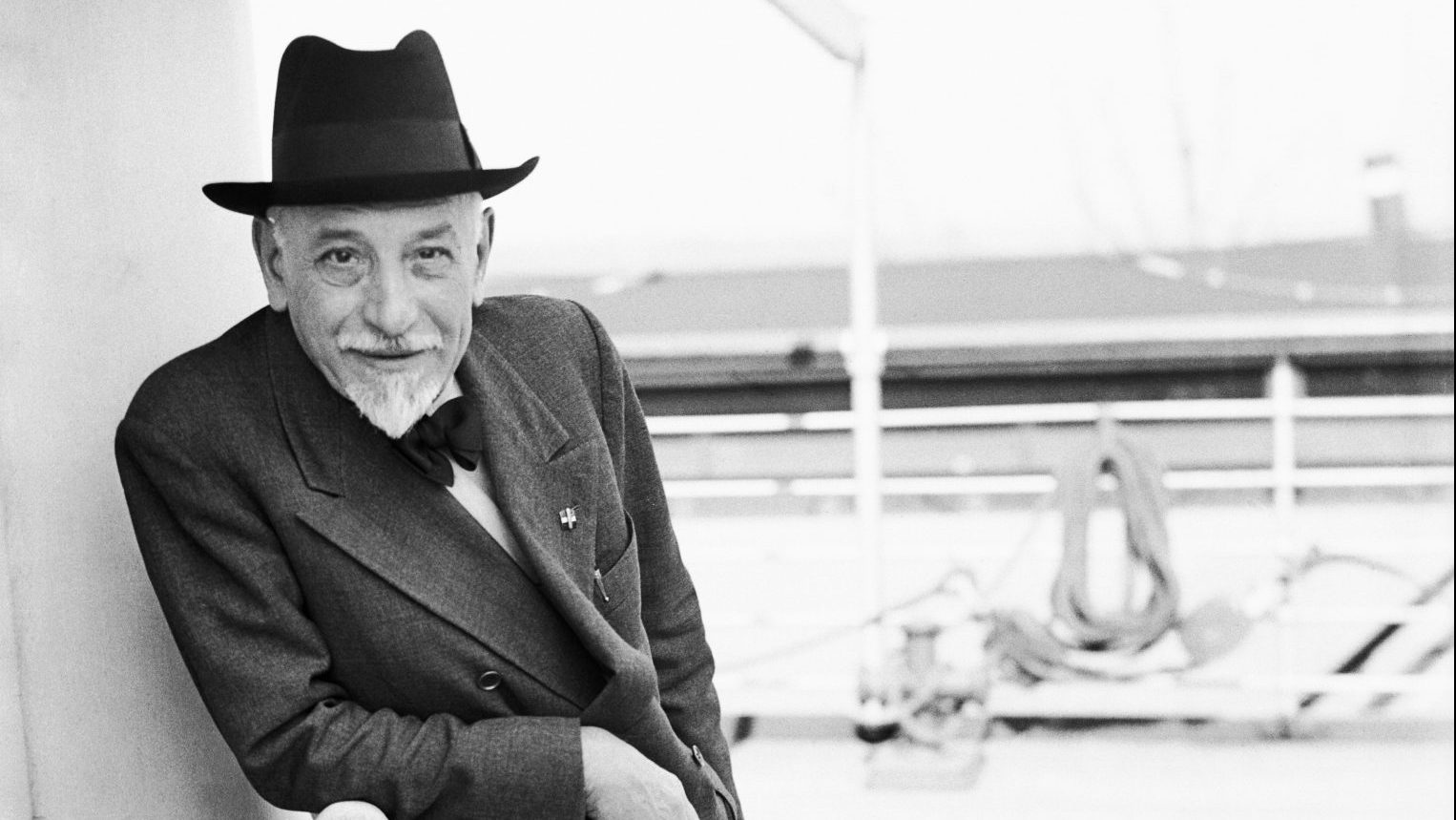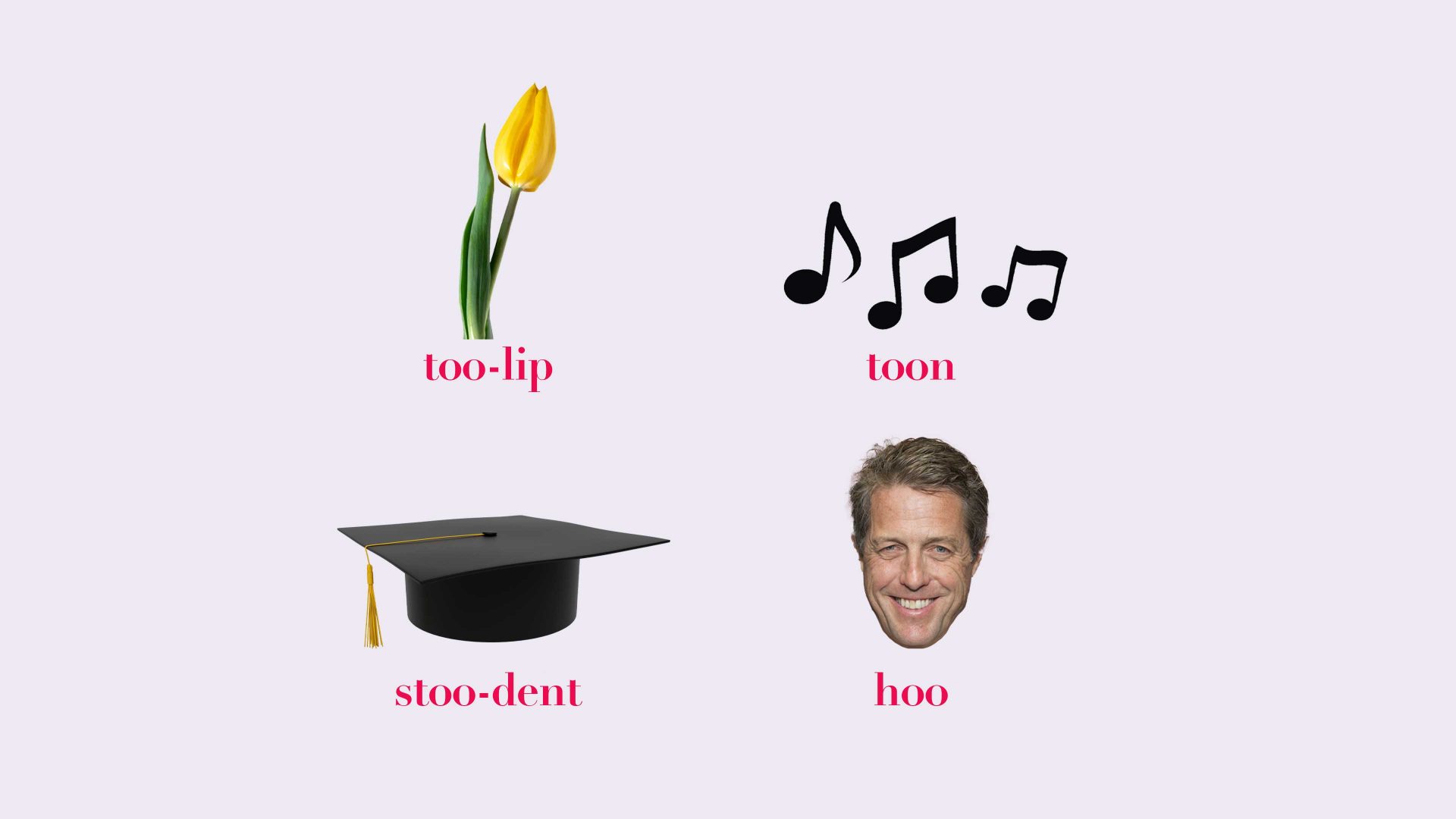It is possible that more people were involved in producing the first televised broadcast of a play than actually watched it.
At 3.30 in the afternoon of July 14, 1930 at the Baird Company studio on Long Acre in Covent Garden, three actors with faces covered in a thick coating of yellow makeup and their facial hair and features lined with blue commenced one of the more bizarre performances of their careers.
Barely two dozen people would have seen it, among them the prime minister Ramsay MacDonald, squinting in front of the newly installed “televisor” at 10 Downing Street at the flickering image on a screen the size of a postcard.
The transmission was an experimental one and the play chosen was by one of the 20th century’s most experimental playwrights. The Man with the Flower in his Mouth by Luigi Pirandello was not selected on artistic merit alone. The BBC’s head of drama, Lance Sieveking, picked the play as much for its tiny cast, half-hour length and lack of physical action as for its theatrical cachet.
“Not only will the faces of the actors be seen,” said the Times, “but there will also be images of their hands, the gestures they make and other objects illustrating the dialogue.”
Pirandello was not among the few able to watch the performance –
he was in the US at the time – but he would have enjoyed absolutely everything about the occasion: the experiment with new technology,
the strange makeup necessitated by the primitive camera, the ethereal nature of the images on the tiny screen, even the response of the Guardian critic who said, “it must be recorded that the broadcast as a scientific achievement was a success. As a play – well, it left a certain amount to the imagination”.
He would also have welcomed the ephemeral nature of the broadcast. Unlike a live theatre performance with its vivid scenery, costumes, colours, the space on the stage for the actors to exploit and the silence of the auditorium, the televised play was barely visible, ghostly faces looming eerily out of blizzards of interference, its dialogue fading in and out of the wash of atmospherics.
When Pirandello said “Whatever is a reality today, whatever you touch and believe in and that seems real for you, is going to be – like the reality of yesterday – an illusion tomorrow”, he could almost have been talking about that pioneering broadcast.
The relentlessly prolific author of plays, poems, short stories and novels, Pirandello was always looking ahead, never allowing his audiences to become complacent through works that were unfailingly intelligent, challenging and fuelled by his endless fascination with the human psyche. Indeed, when he was awarded the 1934 Nobel Prize for Literature, the citation noted his “almost magical power to turn psychological analysis into good theatre”.
The Nobel committee had a mountain of material from which to draw this conclusion. Pirandello’s collected novellas run to 15 volumes and he wrote more than 50 plays. What makes his output even more remarkable was that he did not begin writing in earnest until his mid-40s, prompted largely by economic necessity after a 1903 landslide closed the sulphur mine that was the source of the Pirandello family wealth.
His contribution to that televisual landmark one summer afternoon at the dawn of the 1930s fitted perfectly with his approach to drama as it broke new ground in science, culture and theatrical performance.
“The history of mankind is the history of ideas,” he said, and ideas were what drove him on, what kept him creating, fuelled by a relentless curiosity about the human condition.
As the titular character of The Man with the Flower in his Mouth put it, “Because, my dear sir, we all feel this unquenchable thirst for life,
we feel it here, like an ache in our throat, but we don’t know what it’s made of, we can never satisfy it. Because in the very act of living, life
is always so full of itself, we can never taste it to the full”.
Pirandello’s relentless search for answers to the riddle of existence often challenged audiences to the point of rebellion.
Of the 1921 opening night in Rome of arguably his most famous play, Six Characters in Search of an Ending, he recalled that after the final curtain, “a wild hullabaloo broke out in the audience, scores of spectators leaning out of the boxes shaking their fists at me as I came out on to the stage, all yelling “buffoon!”
The police had to lock the exits from the boxes, “fearing that the occupants would do me bodily injury”, he said, and when he finally left the building there was an angry crowd outside to greet him. An earlier premiere had ended with an audience member launching his seat at the playwright at the end of the performance.
This constant quest for challenge and change had roots in his Sicilian upbringing. He was born to wealthy parents in Agrigento on the south-western coast of the island where his father, from a dynasty that made its fortune from sulphur mining, was a committed anti-Bourbonist and enthusiastic advocate for the Risorgimento who saw military action under Garibaldi at the Battle of Aspromonte in 1862. On his mother’s side, Pirandello’s grandfather had once been exiled by the Bourbons for his vocal opposition to the regime.
Hence both parents had grounds for optimism when the new unified Italy was established in 1870; both would be soon disillusioned by the inevitable politicking and jostling for power rife almost immediately in the fledgling country. Bitterness at the dashing of their dreams instilled in Pirandello an acute sensitivity to the dichotomy between idealism and reality that would infuse his work.
Also contributing to his lifelong study of the human condition was the severe mental illness suffered by his wife Antonietta, exacerbated by the shock of the family’s financial ruin which, despite Pirandello’s best efforts, forced her into an institution for the last four decades of her life. Witnessing at close hand such sudden and permanent psychological change gnawed at Pirandello and fired his work, driving him to explore every aspect of character and personality, always seeking fresh methods and perspectives.
“In Europe, life is still something to be manufactured by the dead, who crush the vitality of the living with the weight of history, tradition and custom,” he said in 1929, the year before that groundbreaking television transmission. “The stability of old forms is an obstacle that hinders and arrests every new living movement.”




